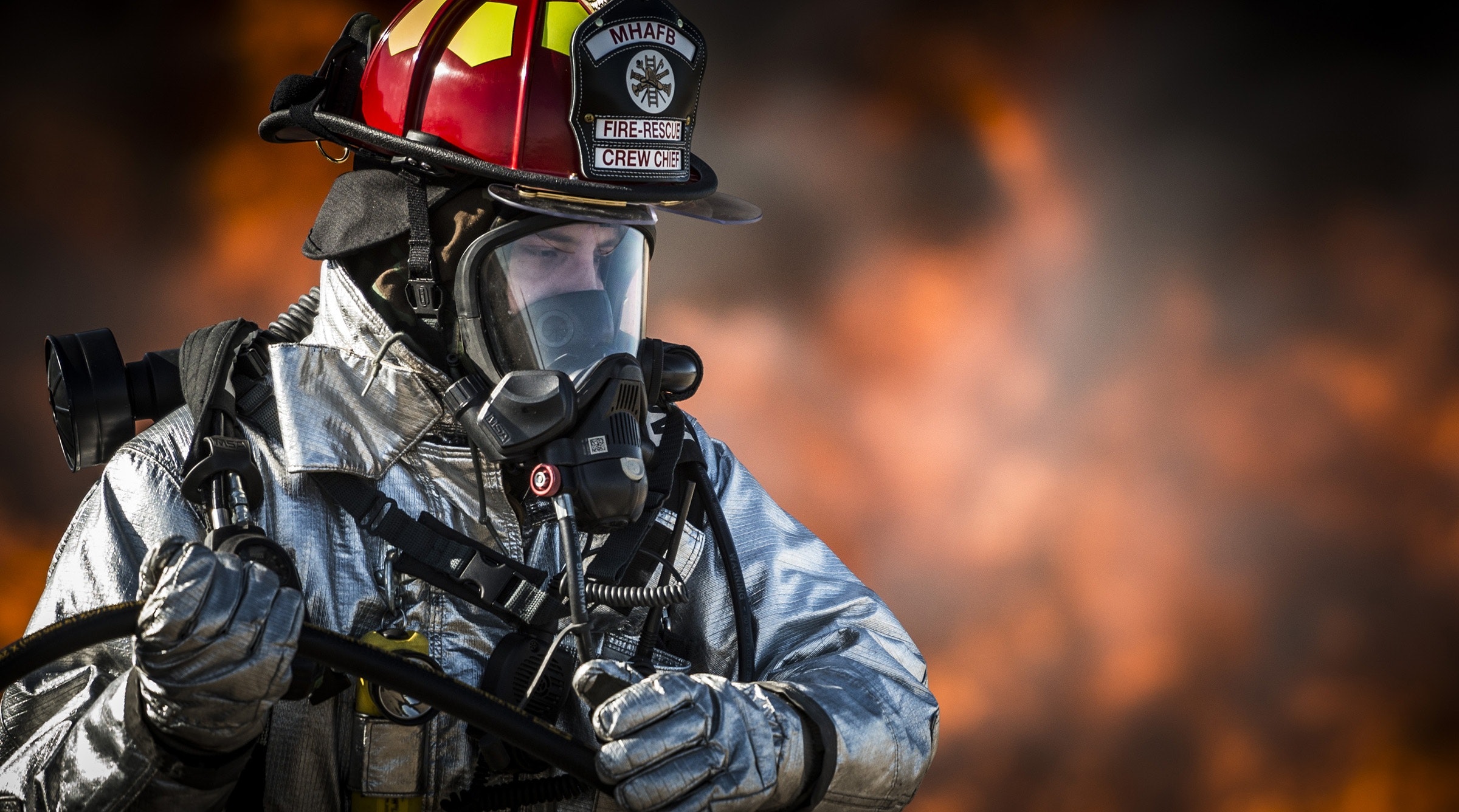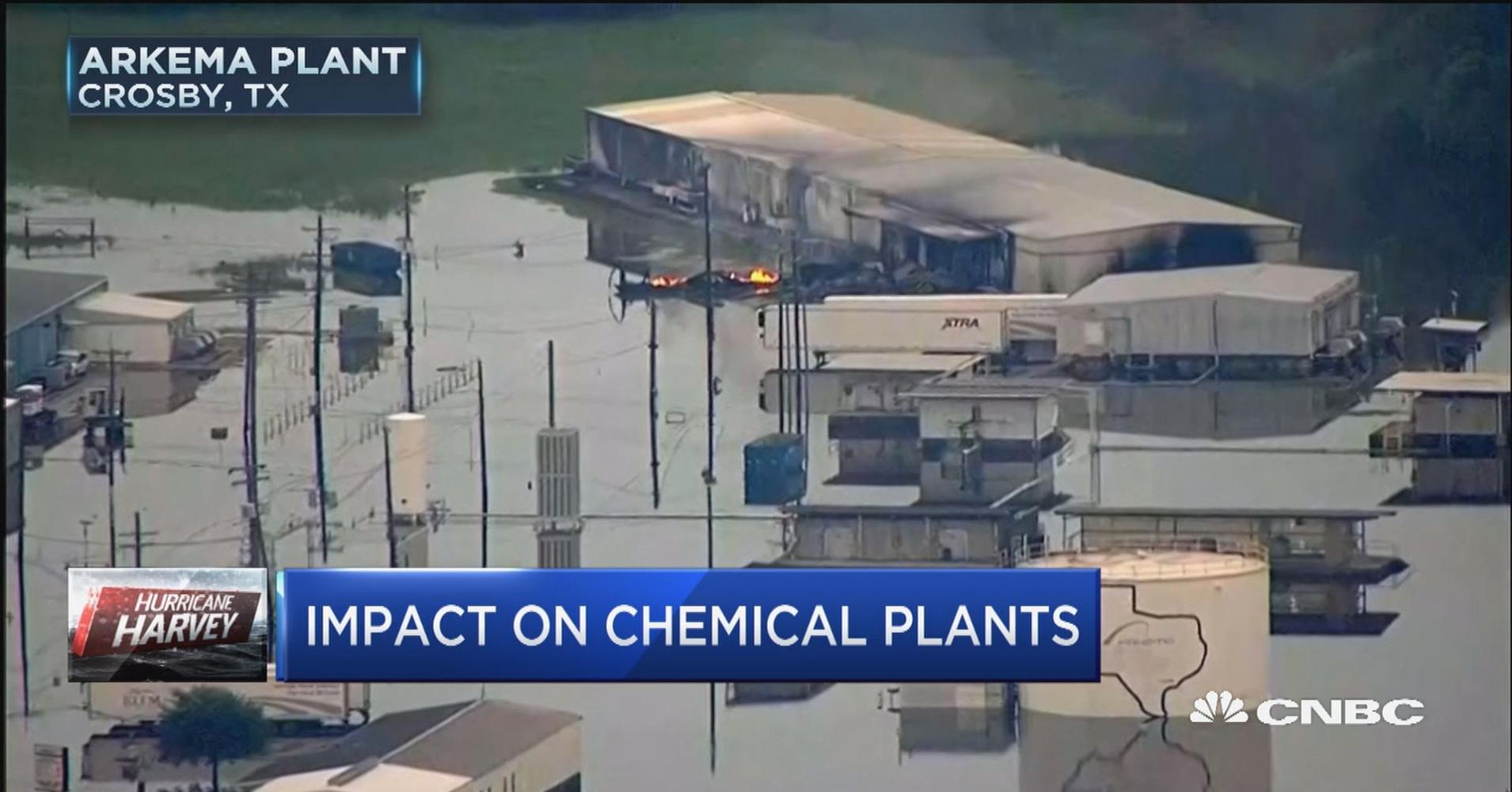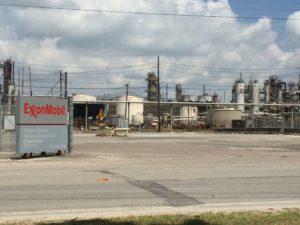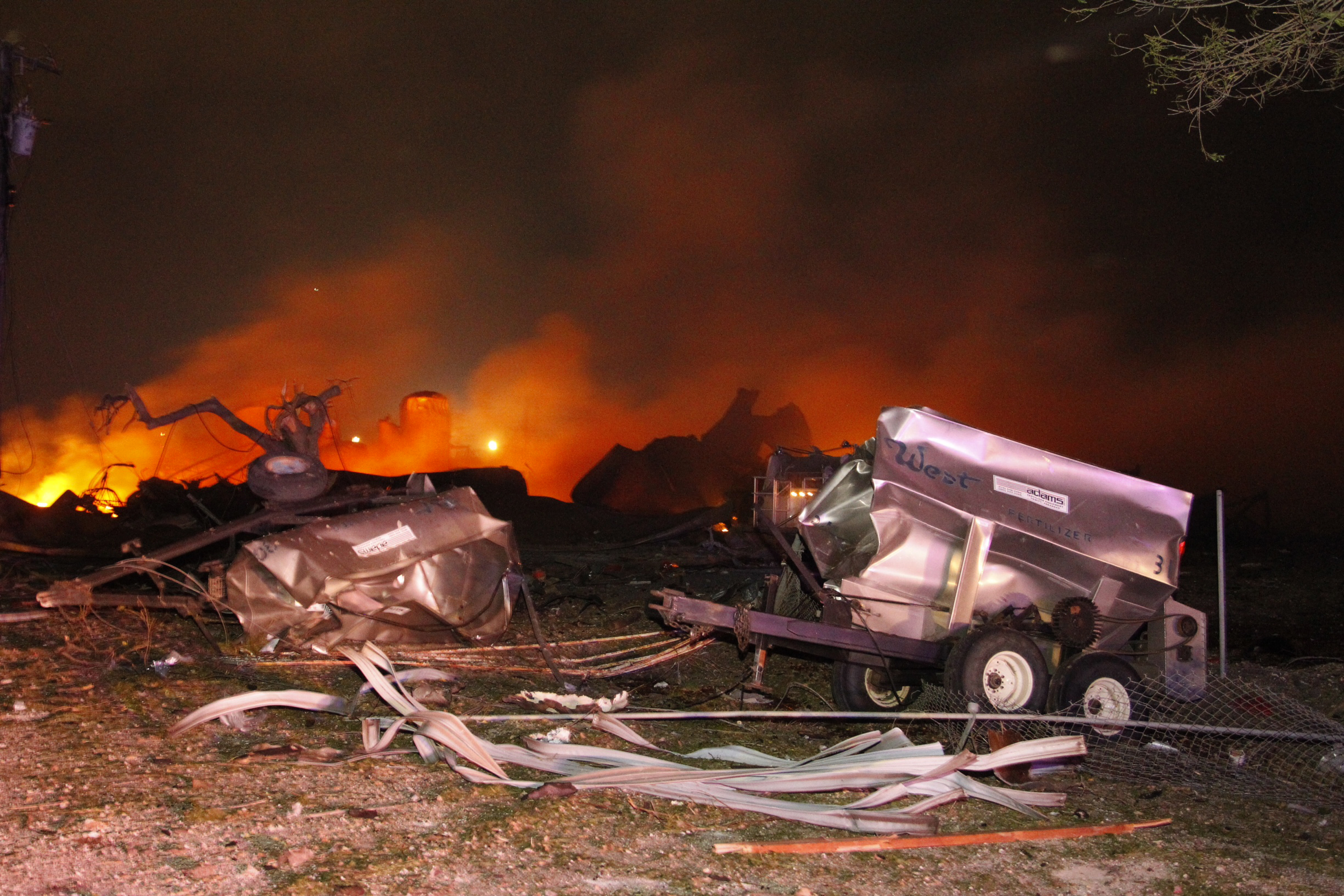UPDATE: The EPA has extended the public comment period for this rule. You can now submit your comments by an August 23rd deadline:
https://action.citizen.org/p/dia/action4/common/public/…
Last week, I, Stephanie Thomas, Houston Organizer for Public Citizen, joined members of community and environmental groups testifying in opposition to Polluting Pruitt’s proposed rollbacks of the 2017 Chemical Disaster Rule.
The Chemical Disaster Rule helps better protect workers, first responders, and fenceline communities. So what exactly is the Environmental Protection Agency (EPA) gutting?…
Almost all of the disaster prevention measures in the Chemical Disaster Rule.
What’s Being Lost
The repeals mean that industry will no longer be required to invest in third party audits when accidents happen nor will facilities need to conduct a root cause analysis as part of incident investigations following incidents with a catastrophic release or a near miss.
The EPA is merely putting out fires, not working to prevent the fires, explosions, and deaths from happening in the first place.
Safer technologies? The EPA proposal rescinds requirements for certain facilities to complete safer technology and alternatives analyses to minimize the amount of hazardous substances used. Also, they are rolling back demands to use less hazardous substances, incorporate safer designs, and minimize the impact of releases. This seems like a a no-brainer, but unfortunately, these rollbacks toss safer technology out the window.
Even first responders will be losing out. The proposed changes remove a requirement to provide, upon request, information to the public on chemical hazards, including substance names, safety data sheets, accident history, emergency response program information, and LEPC contact information (Under the Emergency Planning and Community Right-to-Know Act (EPCRA), Local Emergency Planning Committees (LEPCs) must develop an emergency response plan, review the plan at least annually, and provide information about chemicals in the community to citizens).
Let us remember Hurricane Harvey and its devastating chemical impacts along the Gulf Coast – most notably the explosion at the Arkema facility in Crosby, Texas. Floodwaters caused the backup generator to fail, leading to explosions of unstable organic peroxides and the release of a slew of toxic chemicals, including an unpermitted release of cancer-causing ethylbenzene. Had the 2017 chemical disaster rule been in place, first responders and community members would have had access to safety data sheets providing information for protecting themselves against the harmful chemicals released into the air and water; and would not have had to file lawsuits such as the one filed in Harris County by first responders alleging Arkema failed to take adequate safety steps to secure dangerous chemicals ahead of Hurricane Harvey.
Known Impact to Communities
By the EPA’s own account, more than 150 chemical incidents occur each year. And the agency knows that repealing these rules will hurt minority, low-income communities the most.
Who benefits? The chemical industry – and all for a measly $88 million per year, a drop in the bucket for these big corporations.
The EPA only provided one opportunity to testify on the rollbacks to the Chemical Disaster Rule. While I was glad to be able to testify there, that’s not good enough. Because this proposal knowingly harms communities, impacted communities need a seat at the table.
While the EPA leaves out environmental justice communities, industry interests are well-represented within the agency. Several administrators and counselors for the  EPA have served as lobbyists and litigators for industry. Just yesterday, the US Senate held a confirmation hearing for DowDupont lawyer Peter Wright, who will likely be leading the EPA’s Office of Land and Emergency Management, which oversees the Risk Management Program.
EPA have served as lobbyists and litigators for industry. Just yesterday, the US Senate held a confirmation hearing for DowDupont lawyer Peter Wright, who will likely be leading the EPA’s Office of Land and Emergency Management, which oversees the Risk Management Program.
It’s no accident that these rollbacks are being proposed at a time when industry’s foxes have taken over the henhouse. The EPA should be supporting the health and wellbeing of Texas communities, not padding the profits of corporate polluters.







 If you live in the Houston area, you may be in the danger zone of a toxic chemical facility, and oil and chemical industry executives are trying to keep it that way. These toxic chemical facilities are vulnerable to accidents or terrorist attacks, even though safer alternatives are available. Now Congress is considering industry-backed legislation (HR 908) that would deny the Department of Homeland Security authority they have requested to require high risk facilities to prevent chemical disasters by using safer, available alternatives.
If you live in the Houston area, you may be in the danger zone of a toxic chemical facility, and oil and chemical industry executives are trying to keep it that way. These toxic chemical facilities are vulnerable to accidents or terrorist attacks, even though safer alternatives are available. Now Congress is considering industry-backed legislation (HR 908) that would deny the Department of Homeland Security authority they have requested to require high risk facilities to prevent chemical disasters by using safer, available alternatives.


